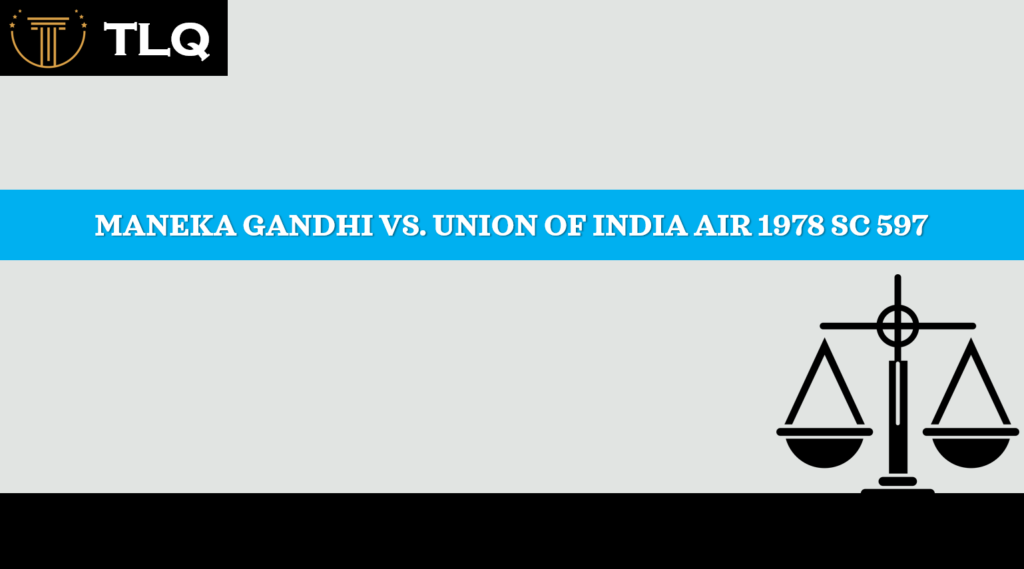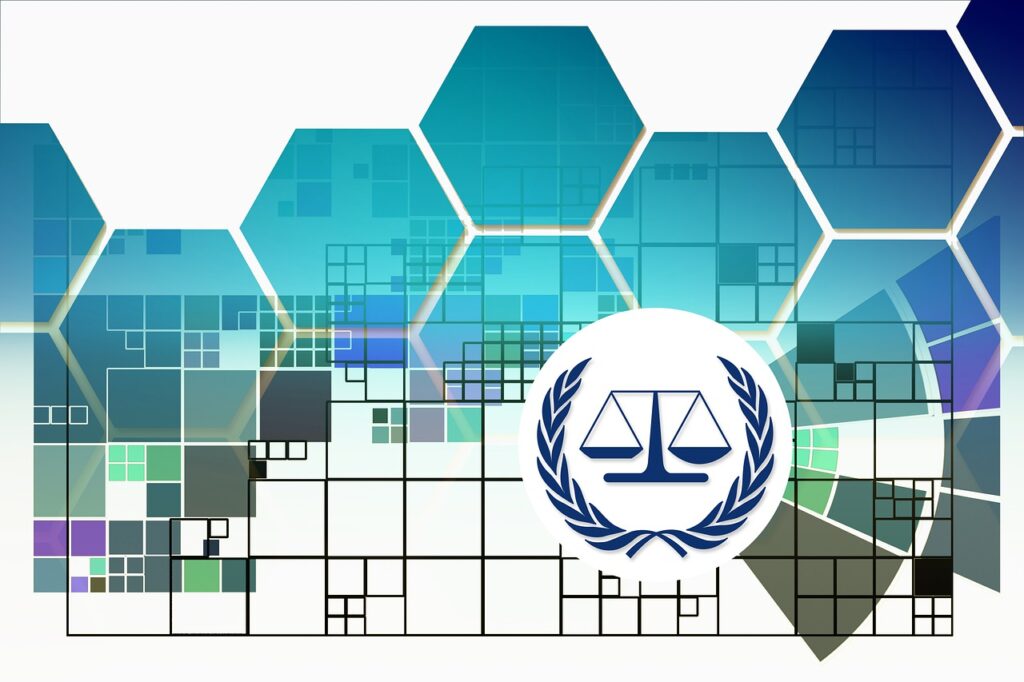Published On: October 7th 2025
Authored By: Marthala Joshika Reddy
SASTRA DEEMED TO BE UNIVERSITY
Abstract
Custodial deaths in India are among the most significant violations of human rights and constitutional safeguards. Article 21 protects the right to life and personal liberty, but people perpetrated a great deal of torture, ill-treatment, or even death, which is often imposed upon individuals under the banner of an “interrogation.” Custodial deaths not only obfuscate the integrity of a criminal justice process, but they expose the culture of impunity that exists and persisting in law enforcement. In fact, the absence of transparency, delays in investigation, cumbersome procedural barriers, and other loopholes feature a pillar of justice being denied from countless family members and remaining largely obscure from the public.
Thus far, custodial deaths have generally characterized the history of formal state law enforcement practices and procedures. The path to address custodial violence included the Supreme Court ruling in D.K. Basu v. State of West Bengal (1997)1, which articulated mandatory guidelines for arrest and detention in its judgment. These guidelines included documentation of when arrest happened, when medical examinations took place, and when relatives of detainees were notified, and intended to deter robust custodial abuses, and hold detainees and police organizations accountable.
This article will explore the legal framework surrounding custodial deaths, examine some noteworthy rulings and judicial pronouncements, and provide recommendations to improve police accountability.
Introduction
Custodial deaths are perpetration of one of the most egregious violations of the constitutional and human rights of any individual in India. They violate the right to life and personal liberty guaranteed by Article 21. Despite judicial admonitions, legislative safeguards and oversight by agencies such as the National Human Rights Commission, the National Crime Records Bureau continue to report hundreds of custodial deaths in police stations, remand homes and during police transit every year. Although the authorities classify some of these deaths as perfectly natural occurrence (for example, losing one’s life as a result of series of tortures suffered, medical neglect or in what are termed accidents in which the detainee is blamed), they signify a failure to deliver due process, and institutional accountability.
The systemic culture of impunity in law enforcement, apathetic attitude to procedural obligations for arrest and detention and inordinate institutional inefficiencies are at root of the problem. The Supreme Court has issued judicial mandates establishing safeguards for arrest and detention in D K Basu v State of West Bengal and Nilabati Behera v State of Orissa2; these mandates establish clear processes and procedural obligations that must be fulfilled when arresting or detaining an individual but most are poorly implemented by law enforcement agencies. The courts and legislations such as protecting of Human Rights Act, 1993, State Human Rights Commissions offer remedial avenues, yet they lack independence and enforcement powers. Thus, the recent proposals for reforms under the Bharatiya Nyaya Sanhita will enhance these safeguards and establish independence because it is now the Authority for Law and Justice that would prescribe the process and protocols for investigators and appoint and hold Law Commission accountable.
This article brings careful scrutiny to the current legal and policy frameworks, empirical data on custodial violence, and accountability mechanisms through judicial and administration accountabilities; identifies existing barriers, which include inadequate training, lack of resources, and culture; and advocates for required reforms such as independent oversight bodies, mandatory use of body-worn cameras, timely review of detention orders, and robust compensation schemes, emphasizing the need to change police culture and rebuild public trust the first important step bridging the accountability gap, and working towards closing the commitment of justice and dignity for all citizens as guaranteed, by the Constitution.
Empirical Landscape & Systemic Accountability Gaps
India’s custodial death crisis is still dark. In the past twenty years, there have been 1,888 custodial deaths, and only 26 police officers were convicted, showcasing unfettered impunity3. 255 deaths in police custody between 2017-2019 had only three convictions4. 155 deaths in police custody and 2,152 in judicial custody were recorded by NHRC in FY 2021-225. Uttar Pradesh and West Bengal had 4,484 custodial deaths in 2020-21, with UP calculating their deaths at 952, though Tamil Nadu noticeably jumped from 63 to 109 within one year6.The precedent considers not only an enforcement failure, but also an accountability failure.
Judicial Responses & Compensation Imperatives
While the judiciary operates under significant institutional inertia, it still provides important remedies. In the Korba case concerning the death of Suresh Haththela, the state claimed he died from an illness, but the autopsy showed blunt-force trauma. The court awarded ₹2 lakh in “exemplary damages,” following the precedents set in Saheli v Commissioner of Police and Nilabati Behera v State of Orissa7.
Likewise, in Tamil Nadu, the Madras HC ordered additional interim compensation of ₹25 lakh for B. Ajith Kumar’s death caused by custodial torture, citing the inadequacy of the original compensation order and ordered protection of witnesses, as well as an expedited CBI investigation8.
Landmark Rulings & Enforcement Shortfalls
D.K. Basu v State of West Bengal is a foundational case at the Supreme Court level, with safeguards such as timely medical examinations, memoranda for arrests, and informing family being the order of the day9. The decision rendered in Nilabati Behera required compensation if a violation of Article 21 took place10. However, actual implementation at the operational level is far from reality given police culture and procedural hurdles to overcome.
Structural Barriers & Cultural Underpinnings
The Status of Policing in India Report 2025 includes troubling findings: 20 per cent of police personnel believe it is “very important” to use oppressive methods to instill fear while a further 35 per cent think it is “somewhat important11. One in four officers strongly defends the use of mob violence if the case is one of sexual assault or child abduction. In addition, there is a collection of different and conflicting data between the NCRBs, NHRCs and civil society figures on police behavior creates a lack of transparency and hampers reforming12.
Proposed Changes & Technological Assistance
The Bharatiya Nyaya Sanhita introduces the concept of creating an Authority for Law and Justice which will lay down guidelines and provide independent investigation.There is scope for refuge behind technological safeguards: Delhi Police have announced that they will deploy 1,500 body-worn cameras, starting with traffic, beat, and investigating officers, in an effort to make processes more accountable, reduce false complaints and improve the integrity of evidence.
Other states must follow the Delhi Police example.
Case Highlight: Sathankulam Dying
The custodial death of P. Jayaraj and J. Bennix in Tamil Nadu, after police beat them senseless because of lockdown violations, sparked an outcry across the country. The accused SHO managed to file an application to be an approver, which the court dismissed as a ploy to prolong accountability13. The CBI trial is still continuing, albeit a rare case of isolation of accountability.
Conclusion
Custodial deaths continue to show no respect for the failure of the Indian criminal justice system to honour both constitutional mandates and legal guarantees specifically Article 21, the right to life and personal liberty. Despite a number of landmark judgments like the D.K. Basu v. State of West Bengal and Nilabati Behera v. State of Orissa, the customary implementation of safeguards in turn, are always already undermined by a systemic police culture, absence of open procedural requirements, and institutional inertia. The deeply troubling conviction-to-death ratio offers only 26 convictions out of reported custodial deaths of 1,888 in 20 years which reflects a systemic culture of impunity.
Judicial interventions have offered compensation in instances of custodial deaths and have mandated procedural reforms but without a stronger, practical power play these interventions have only been tokenism. The Bharatiya Nyaya Sanhita’s suggestion for an ‘Authority for Law and Justice’ independent of executive functions offers a significant step forward particularly where it is accompanied by the introduction of body-worn cameras and independence. Real change is not only going to require policy but also more substantive changes to institutional culture of police in combination with greater visibility in the data collection processes, and greater transparency and community accountability from police departments.
The way forward must emphasize institutional autonomy, timely investigation, and victim- focused redress. Only then can India move from reactive justice to proactive protection, preventing custodial deaths from being only condemned in courtrooms. We need Justice and Dignity to no longer be far-off dreams but instead constitutional certainties.
References:
1 D.K. Basu v. State of West Bengal (1997) 1 SCC 416
2 Nilabati Behera v State of Orissa (1993) 2 SCC 746
3 National Crime Records Bureau, Crime in India 2001–2020 (NCRB 2021).
4 NCRB, Crime in India 2017–2019 (NCRB 2020).
5 National Human Rights Commission, Annual Report 2021–22 (NHRC 2022).
6 Lok Sabha, Unstarred Question No. 4167: Custodial Deaths, answered by Nityanand Rai (5 April 2022).
7 Prema Haththel v State of Chhattisgarh and Others (Chhattisgarh HC, 13 June 2025) Writ Petition (Crl) No 503 of 2024.
8 Madras High Court (Madurai Bench), order directing ₹25 lakh interim compensation to the family of B Ajith Kumar and CBI probe with report due by 20 August 2025 (23 July 2025).
9 D.K. Basu v. State of West Bengal (1997) 1 SCC 416
10 Nilabati Behera v State of Orissa (1993) 2 SCC 746.
11 Common Cause, Status of Policing in India Report 2025 (Common Cause and CSDS 2025).
12 Delhi Police, Press Release on Deployment of Body-Worn Cameras (Delhi Police Headquarters 2025).
13 NCRB, Crime in India 2017–2019 (NCRB 2020).




